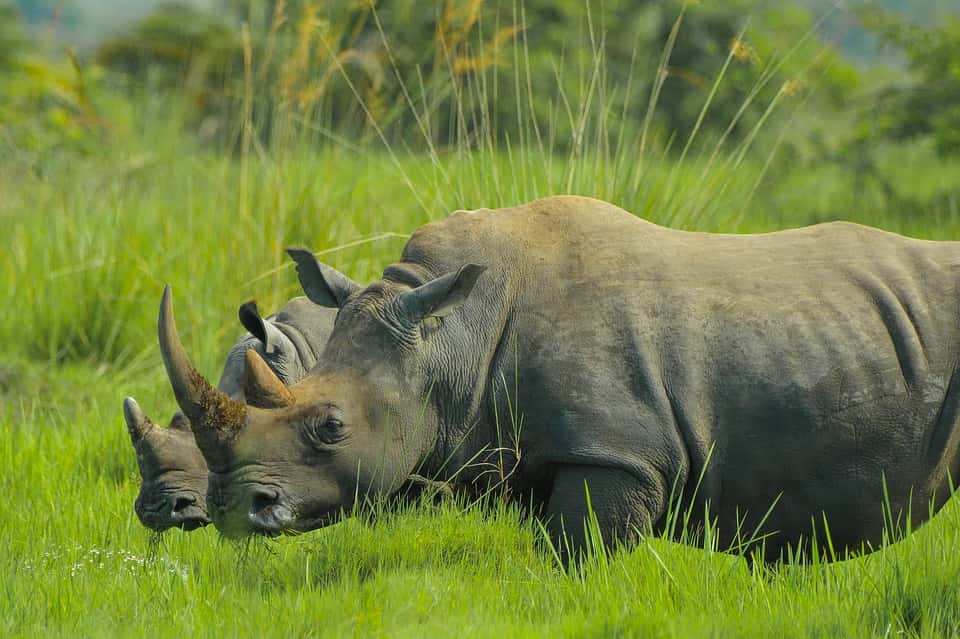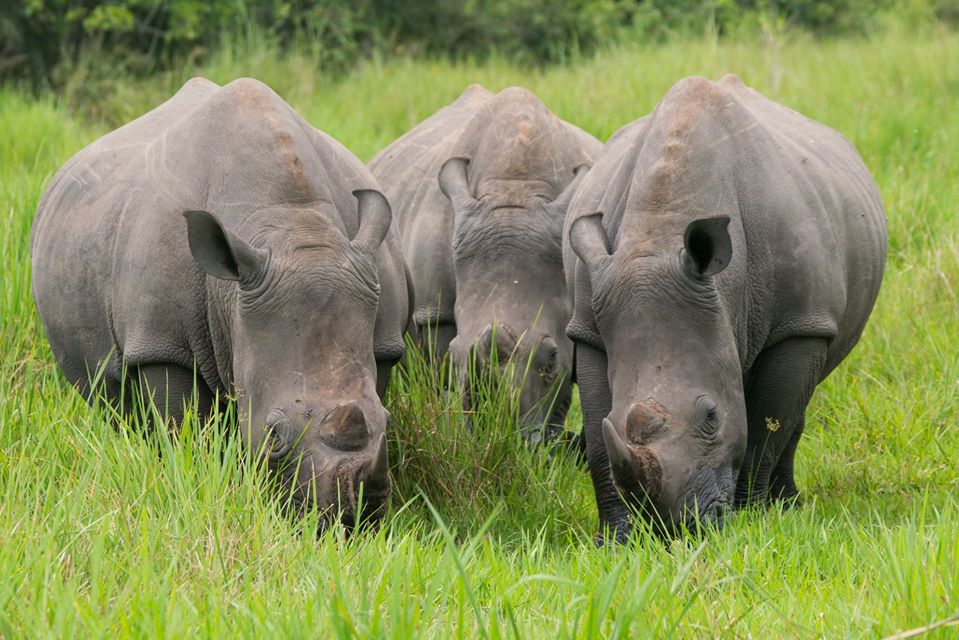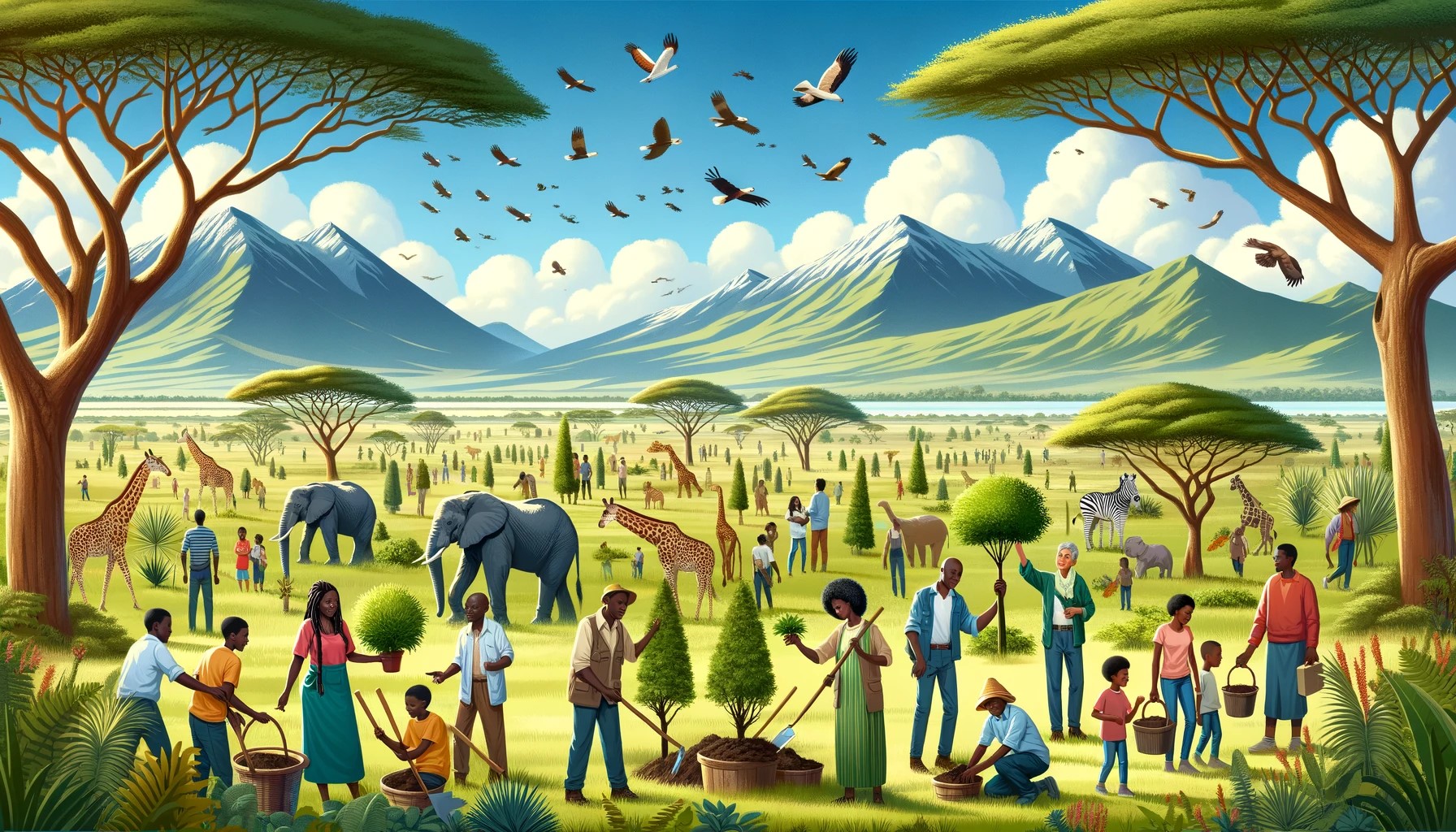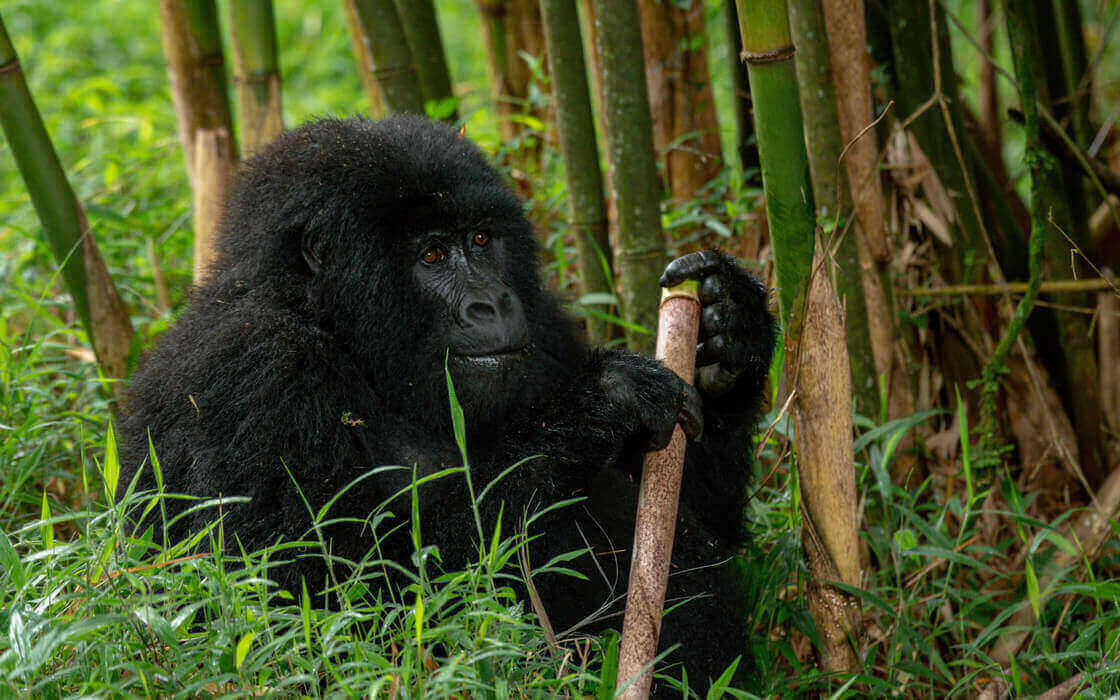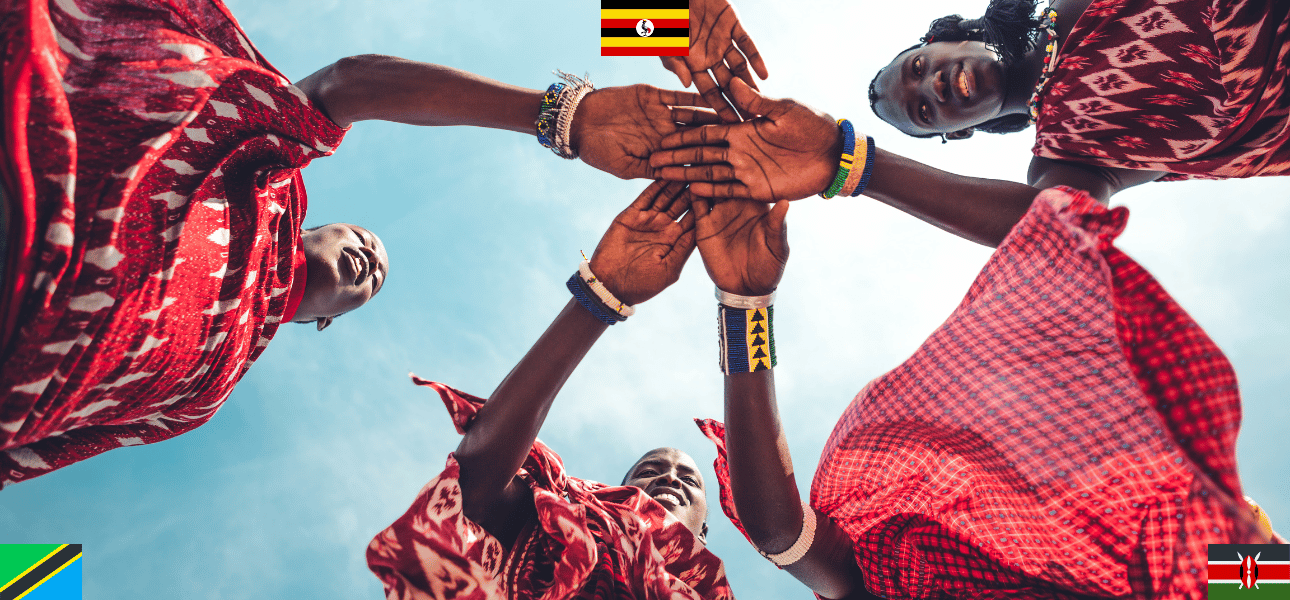Currently Endangered Species in East Africa and How You Help with the Conservation Efforts
East Africa, known for its rich biodiversity and stunning landscapes, is home to numerous iconic wildlife species. However, many of these species are currently endangered, facing threats from habitat loss, poaching, climate change, and human-wildlife conflict. This blog explores some of the most endangered species in East Africa and provides insights into how individuals can contribute to conservation efforts to protect these magnificent creatures.
1. African Elephant
Status: Endangered
African elephants, the largest land animals on Earth, are found across various East African countries, including Kenya, Tanzania, and Uganda. Despite their size and strength, these gentle giants are under severe threat primarily due to poaching for ivory and habitat destruction. Elephants play a crucial role in maintaining the ecosystem, such as dispersing seeds and creating water access points for other animals.
How You Can Help:
- Support Anti-Poaching Initiatives: Contribute to organizations like the David Sheldrick Wildlife Trust and the African Wildlife Foundation, which are involved in anti-poaching efforts and elephant conservation.
- Advocate Against Ivory Trade: Raise awareness and support policies that ban the trade of ivory and other elephant products.
- Responsible Tourism: When visiting wildlife reserves, choose eco-friendly tours that respect wildlife and their habitats.
2. Black Rhinoceros
Status: Critically Endangered
The black rhinoceros, with its distinctive hooked lip, is another species facing the brink of extinction. Poaching for rhino horn, driven by illegal wildlife trade, remains the primary threat. Conservation efforts have helped stabilize some populations, but the species is still critically endangered.
How You Can Help:
- Support Rhino Sanctuaries: Contribute to rhino conservation programs such as those run by Ziwa Sanctuary in Uganda, the Ol Pejeta Conservancy in Kenya and the Ngorongoro Conservation Area in Tanzania.
- Raise Awareness: Educate others about the plight of rhinos and the importance of preserving this species.
- Volunteer: Participate in conservation projects and volunteer at wildlife sanctuaries.
3. Mountain Gorilla
Status: Endangered
Mountain gorillas are primarily found in the Virunga Mountains, spanning Rwanda, Uganda, and the Democratic Republic of Congo. Habitat destruction, human-wildlife conflict, and diseases pose significant threats to these great apes. Despite the challenges, conservation efforts have led to a gradual increase in their population.
How You Can Help:
- Visit Responsibly: Engage in eco-tourism by visiting gorilla habitats through reputable tour operators who support conservation efforts and local communities.
- Donate to Conservation Funds: Support organizations like the Dian Fossey Gorilla Fund and the International Gorilla Conservation Programme.
- Support Local Communities: By supporting community-based tourism and initiatives, you help reduce human-wildlife conflict and provide alternative livelihoods for local people.
4. Grevy's Zebra
Status: Endangered
Grevy's zebras, with their distinctive narrow stripes, are found in northern Kenya and southern Ethiopia. The primary threats to their survival include habitat degradation, competition with livestock, and hunting. Conservation efforts focus on habitat restoration and reducing human-wildlife conflict.
How You Can Help:
- Support Conservation Organizations: Contribute to organizations such as the Grevy's Zebra Trust, which works towards the preservation of this unique species.
- Participate in Citizen Science: Engage in projects that involve monitoring and reporting sightings of Grevy's zebras.
- Promote Sustainable Practices: Advocate for sustainable land-use practices that benefit both wildlife and local communities.
5. African Wild Dog
Status: Endangered
African wild dogs, also known as painted wolves, are among the most endangered carnivores in East Africa. With fewer than 6,000 individuals left in the wild, they face threats from habitat fragmentation, human-wildlife conflict, and diseases like rabies and distemper. These highly social animals play a vital role in maintaining the balance of their ecosystems.
How You Can Help:
- Support Research and Monitoring: Contribute to organizations like the African Wildlife Foundation and Painted Dog Conservation, which conduct research and monitoring programs.
- Promote Coexistence: Advocate for initiatives that promote coexistence between wild dogs and local communities, reducing conflict and promoting conservation.
- Educate Others: Raise awareness about the importance of African wild dogs and the threats they face.
How You Can Help:
- Support Conservation Programs: Donate to organizations like the Ethiopian Wolf Conservation Programme, which works to protect and conserve this species.
- Raise Awareness: Educate others about the Ethiopian wolf and the need for its conservation.
- Promote Habitat Protection: Advocate for the protection of the Ethiopian highlands, which are critical to the survival of the Ethiopian wolf.
7. Cheetah
Status:Vulnerable
Cheetahs, known for their incredible speed, are found in various parts of East Africa, including Kenya and Tanzania. Habitat loss, human-wildlife conflict, and illegal wildlife trade are significant threats to their survival. Conservation efforts focus on habitat protection and mitigating human-wildlife conflict.
How You Can Help:
- Support Conservation Initiatives: Contribute to organizations like the Cheetah Conservation Fund and the Mara-Meru Cheetah Project.
- Promote Human-Wildlife Coexistence: Advocate for measures that promote coexistence between cheetahs and local communities.
- Participate in Eco-Tourism: Choose eco-friendly tourism options that support cheetah conservation and raise awareness about their plight.
Conclusion
The conservation of endangered species in East Africa is a collective responsibility that requires the involvement of governments, organizations, and individuals. By supporting conservation initiatives, raising awareness, and promoting sustainable practices, we can help protect these magnificent creatures and ensure that future generations can continue to marvel at East Africa's rich biodiversity. Your efforts, no matter how small, can make a significant impact in the fight to save these endangered species.

Pande Nabende
Related content
Interdum et malesuada fames

